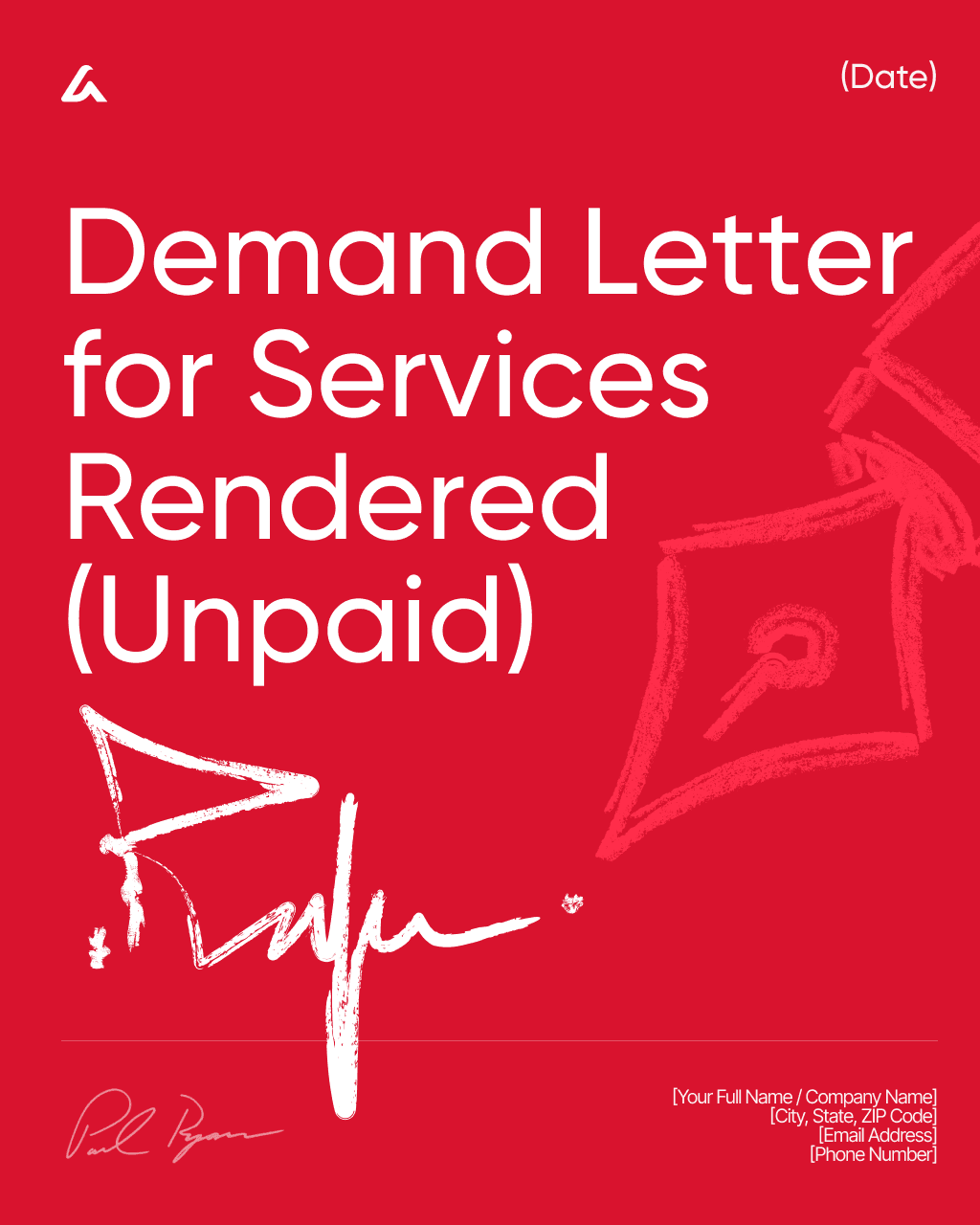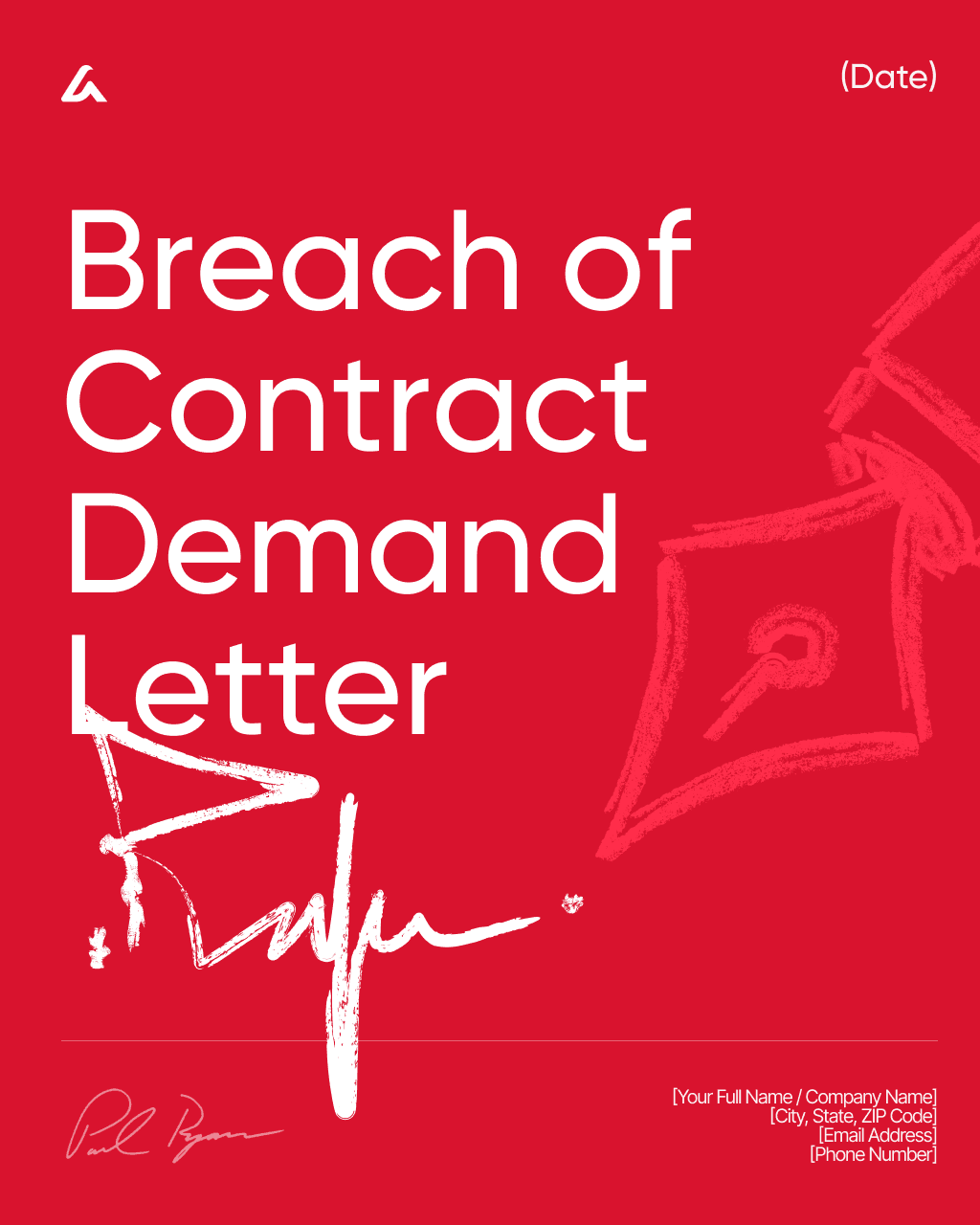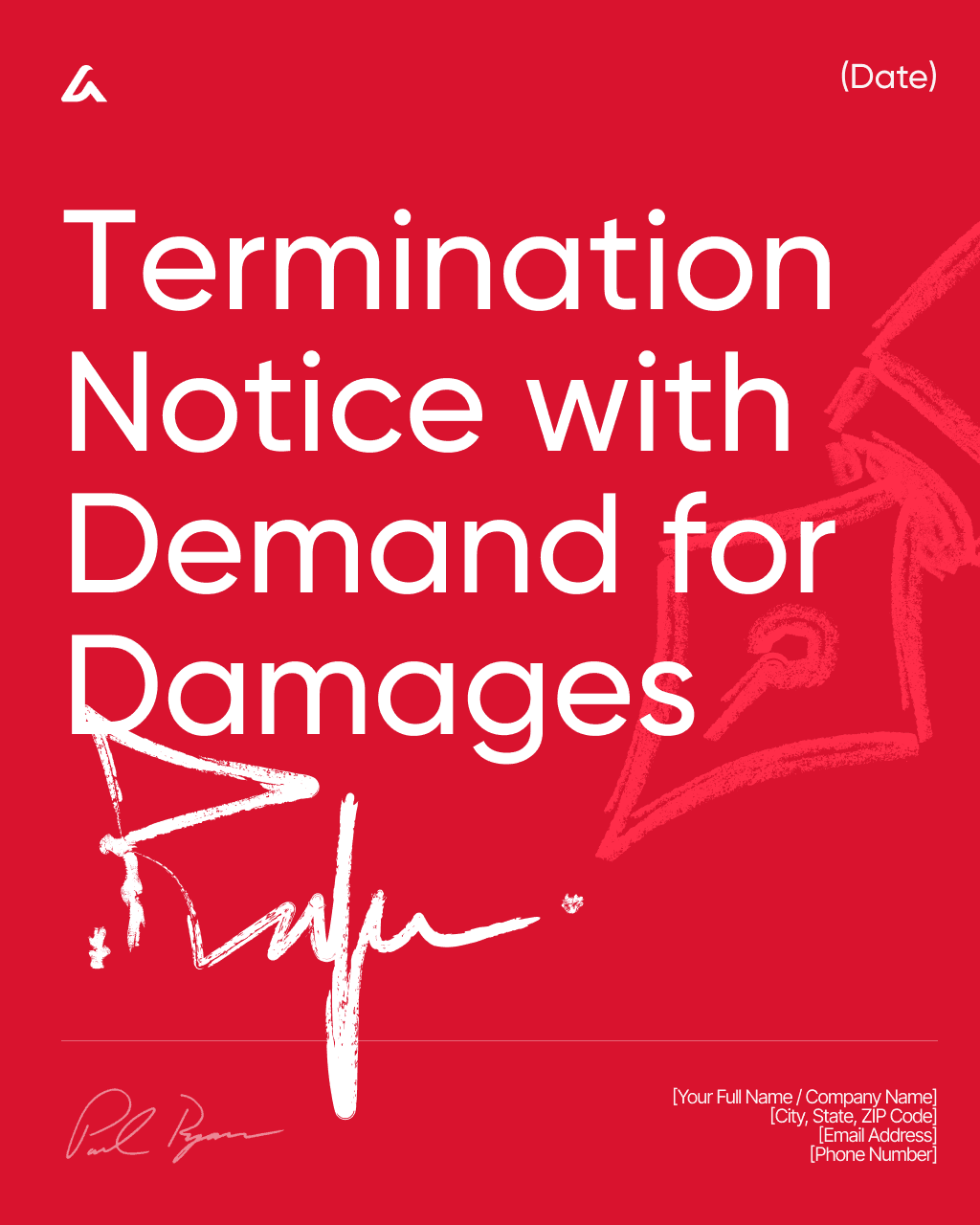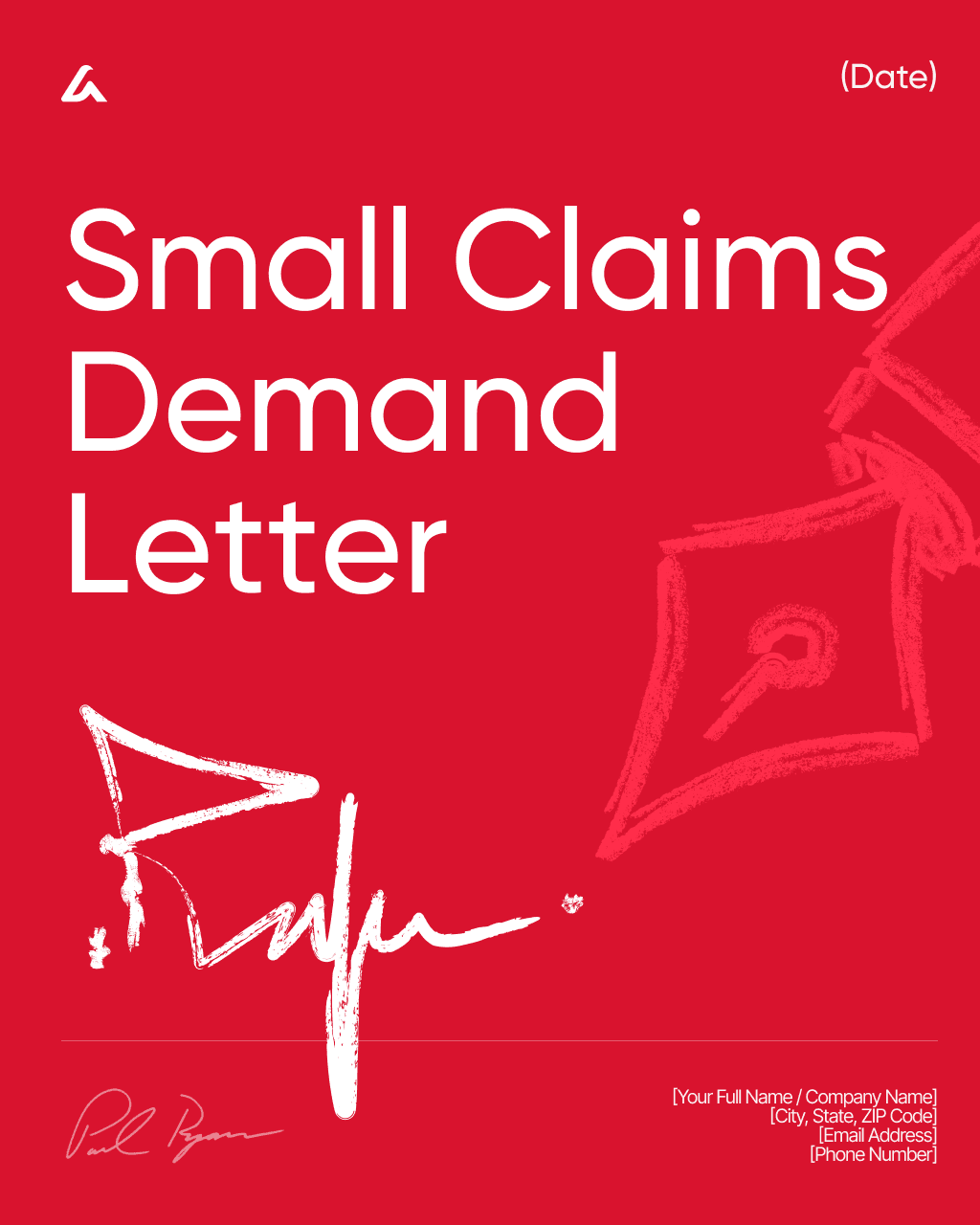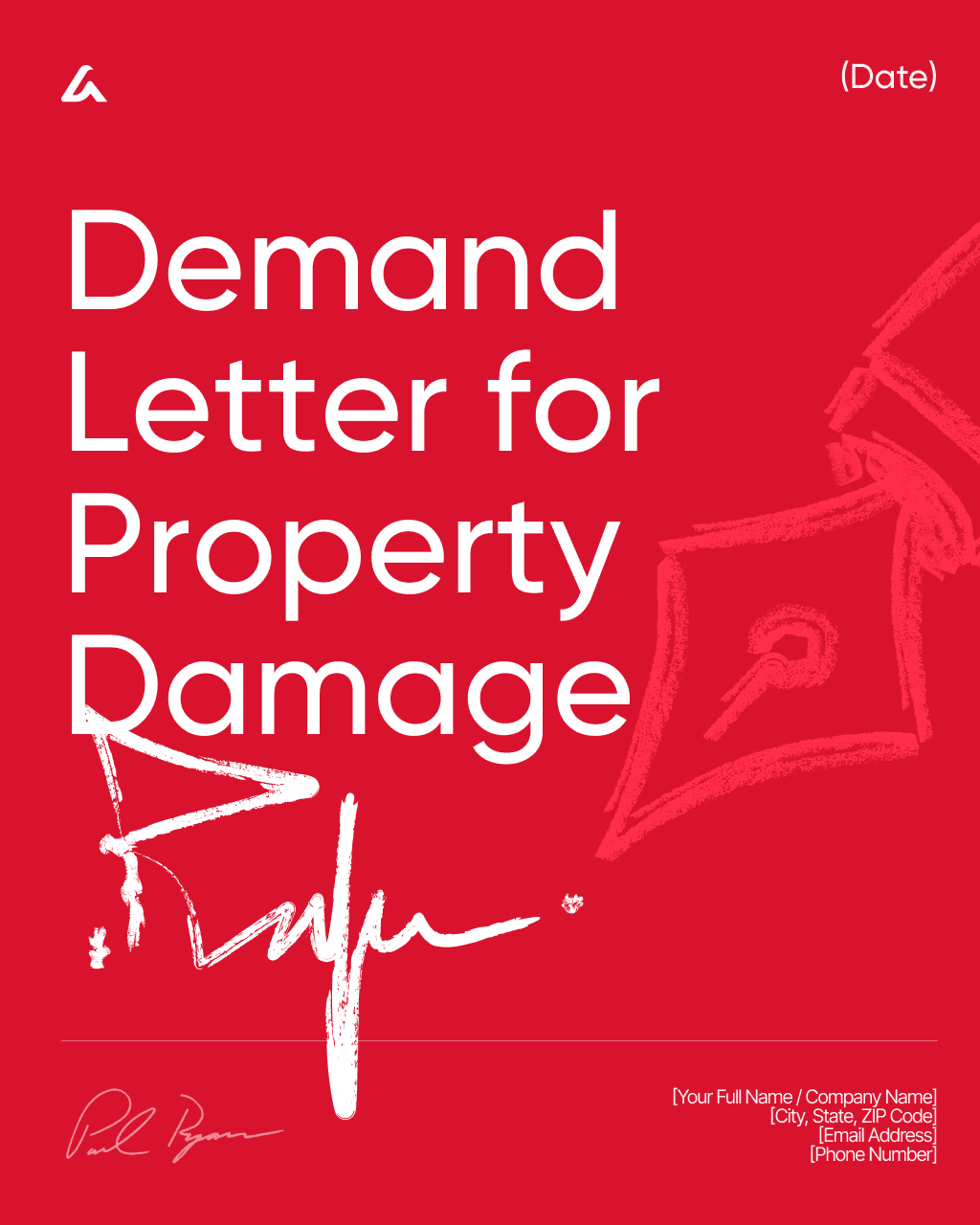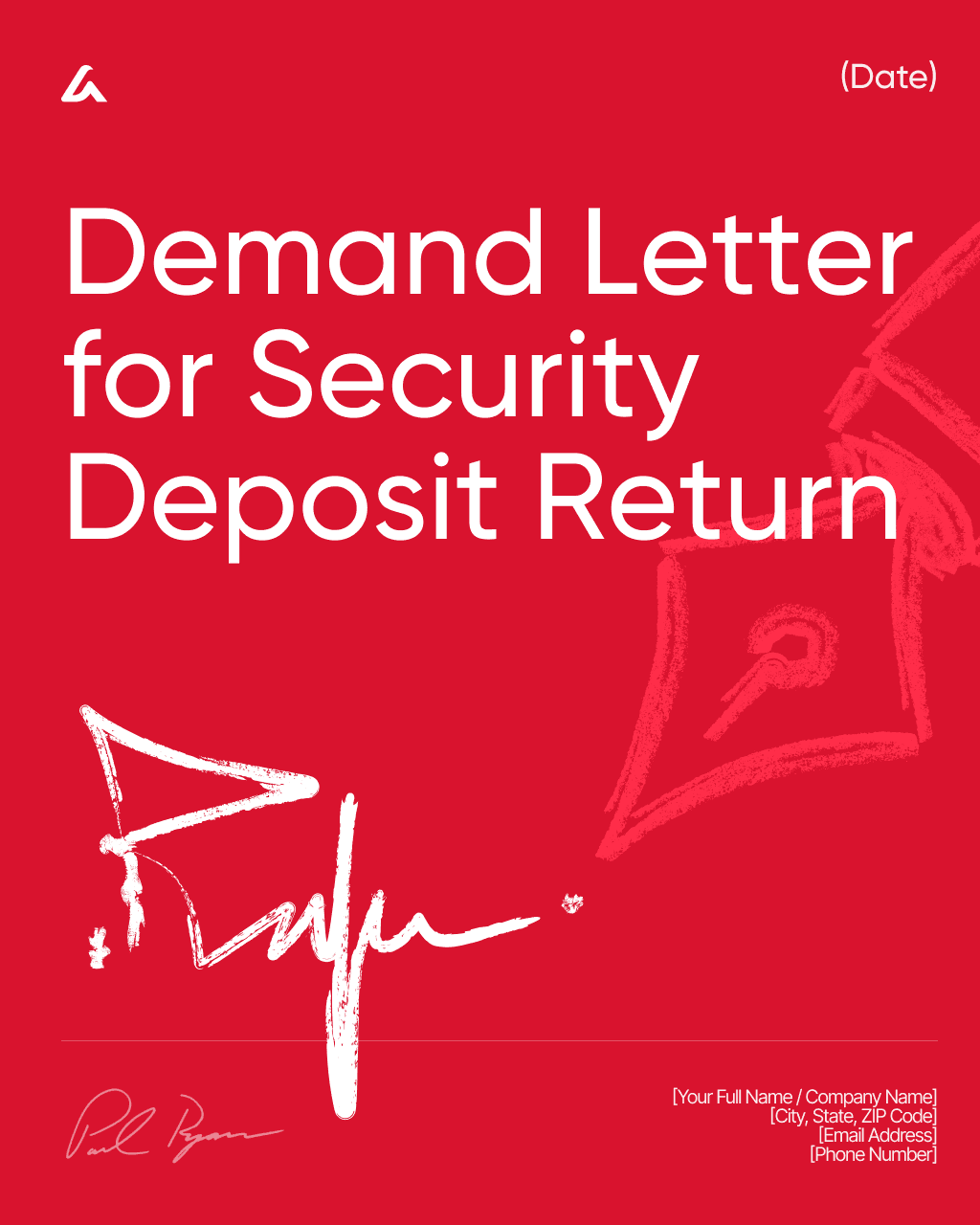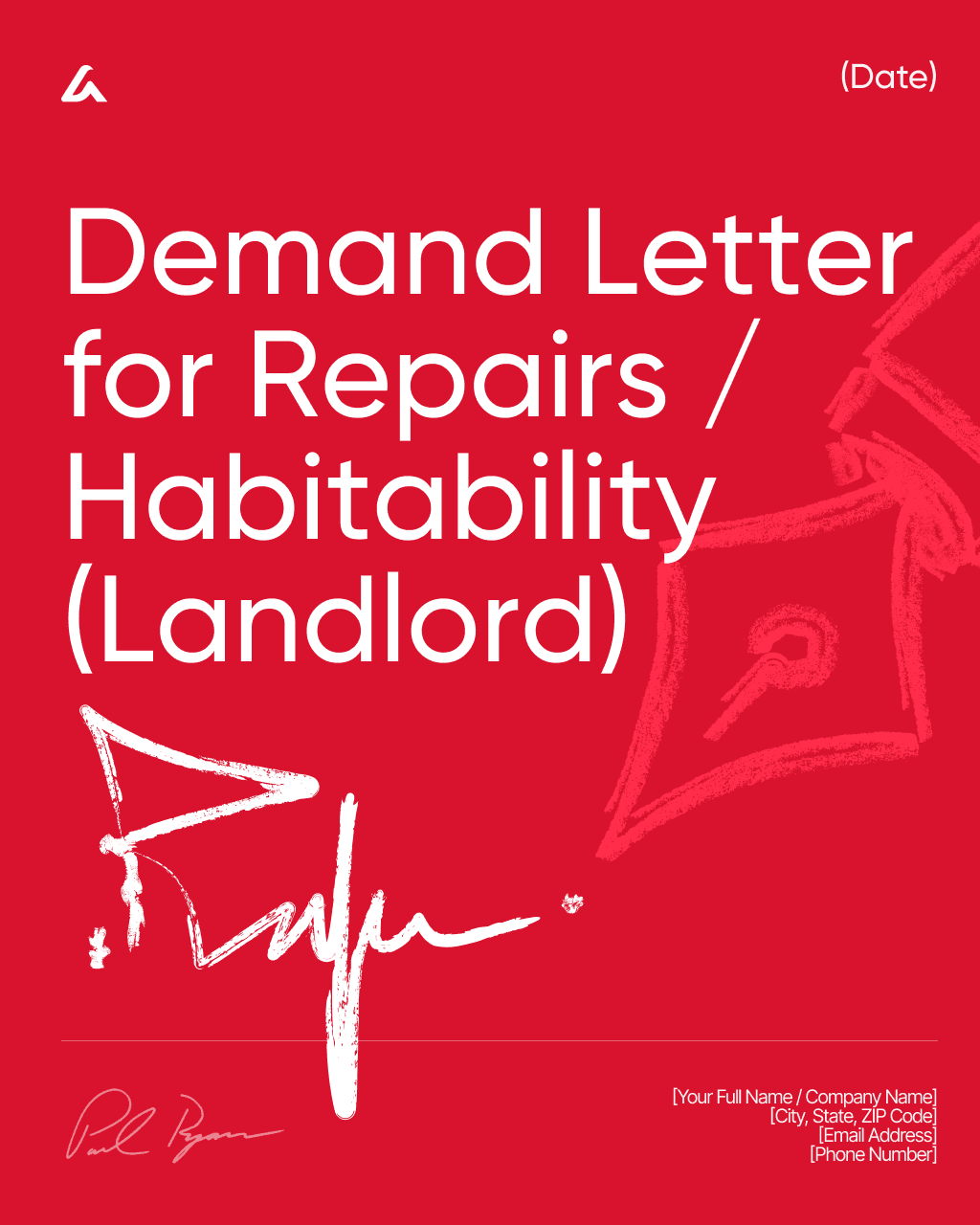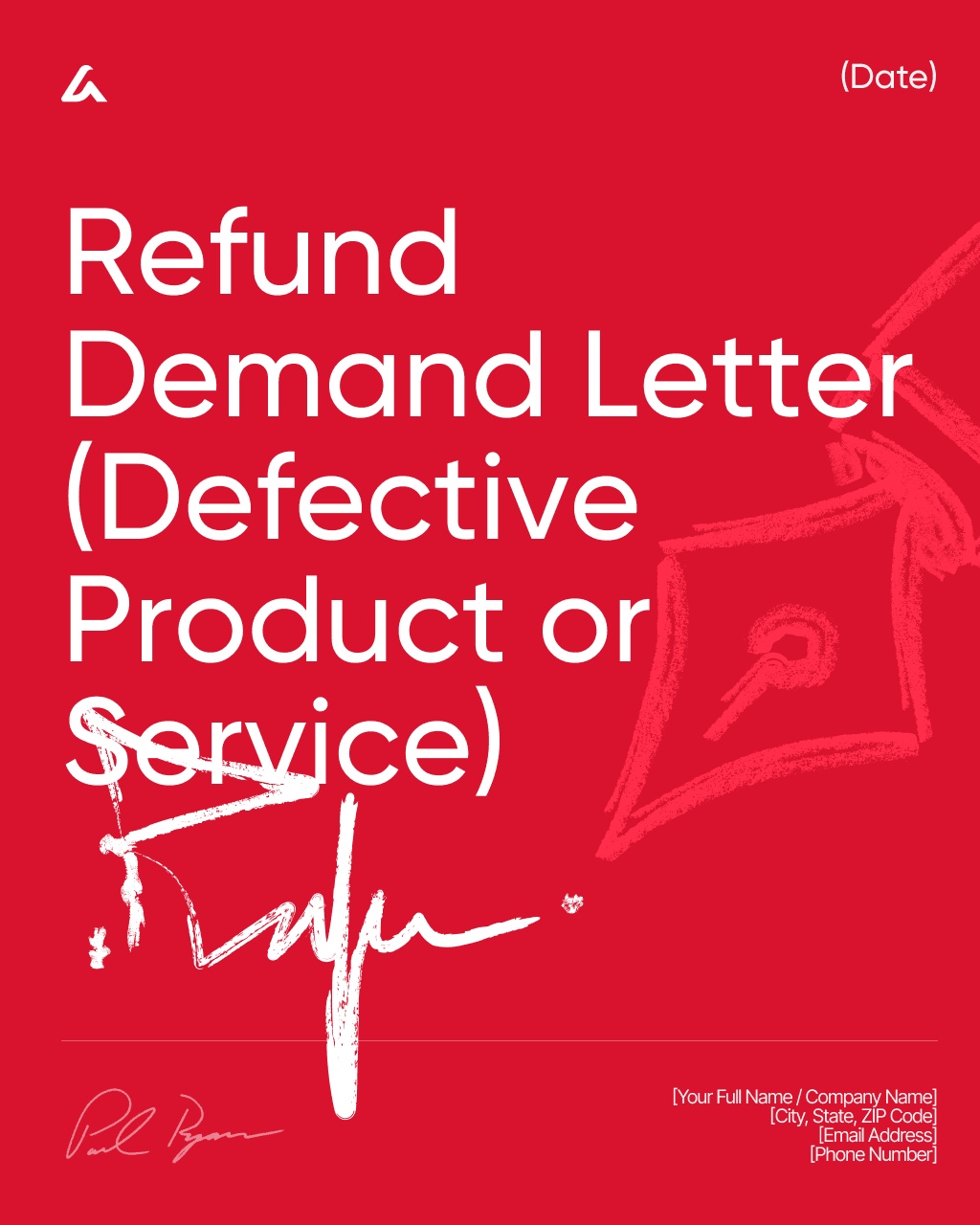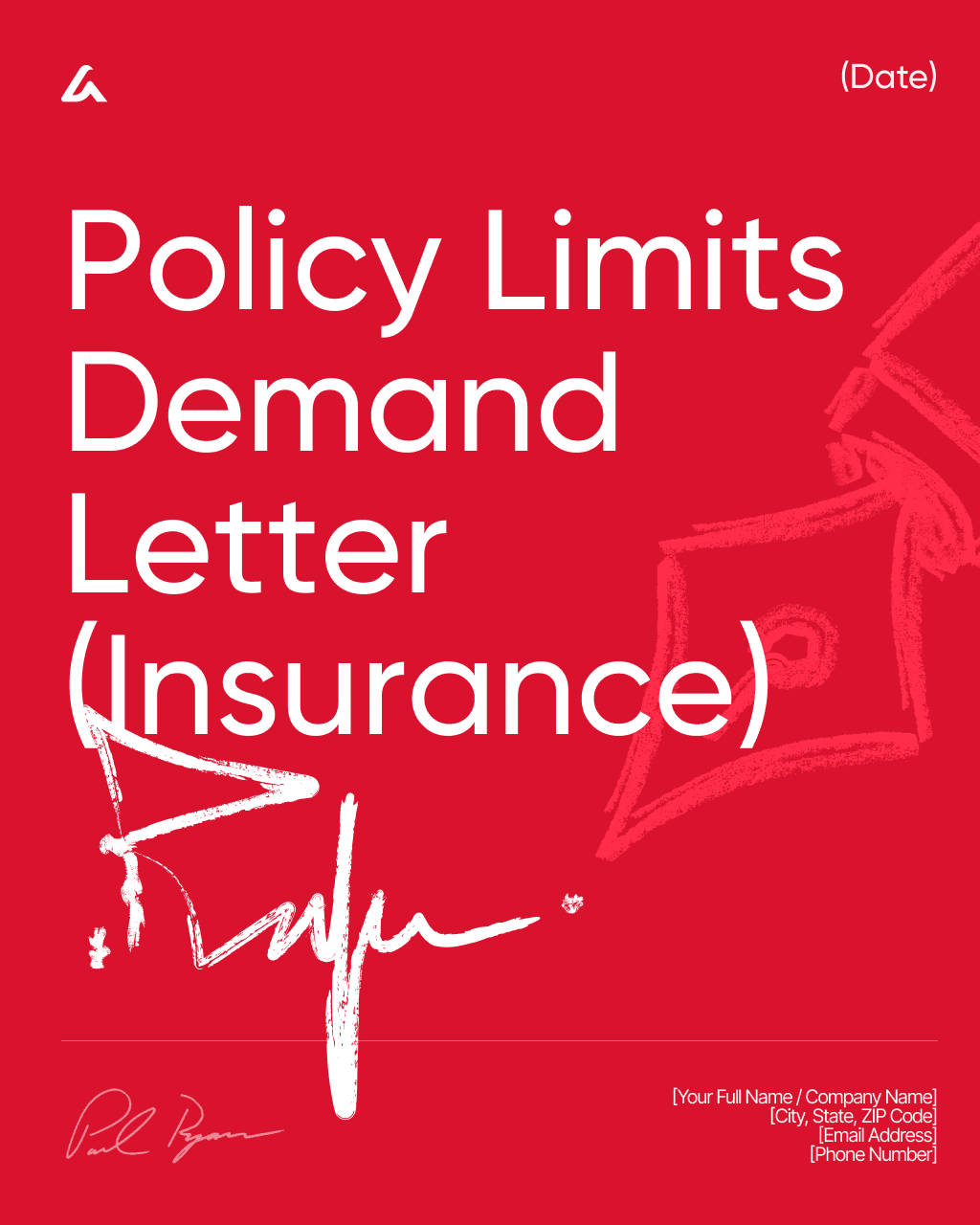Free template
Cease and Desist Letter Template – New York
Stop unauthorized activities effectively with this professional New York Cease and Desist Letter Template.
Downloaded 2063 times
Download template
Cease and Desist Letter
This Cease and Desist Letter ("Letter") is issued on [Date] by:
Sender: [Full Name / Company Name]
Address: [Address]
Phone/Email: [Contact Details]
To:
Recipient: [Full Name / Company Name]
Address: [Address]
Phone/Email: [Contact Details]
Purpose and Applicability
This Letter addresses Conduct impacting our operations and reputation within New York. It serves as formal notice and a request for immediate remediation.
Detailed Description of Conduct
[Describe acts with dates, channels, and evidence references]. Provide sufficient detail to allow accurate removal and prevention of re‑posting.
Evidence Preservation and Litigation Hold
Preserve all communications, posts, files, and metadata related to the Conduct. Preservation supports efficient resolution and reduces disputes about missing records.
Cease Orders and Non‑Publication
Cease the Conduct immediately and refrain from republishing, forwarding, or otherwise circulating related Materials. Ensure associates or contractors do not continue the Conduct.
Retraction/Correction Protocol
If public statements are implicated, issue a correction or retraction in the same channels within [X] days. Share links or screenshots confirming completion.
Third‑Party and Platform Notices
Notify hosting services, platforms, or other intermediaries and request removal where appropriate. Provide a list of tickets, case numbers, or receipts issued by those entities.
No Further Direct Contact
Limit communications to written compliance updates. Any outreach beyond that scope will be considered non‑compliant.
Rights Reserved; Venue
We reserve all rights and remedies. Governing law, venue, and jurisdiction shall be New York, absent a later written agreement to arbitrate.
Sincerely,
[Sender Name]
[Title]
[Company]
[Address]
[Email]
Acknowledged by Recipient (optional):
[Recipient Name]
[Date]
Flash deal
Flash deal
Today
Today
No time to fill it up? Generate your custom agreement with AI Lawyer in seconds
What’s Included
Legal Research
Legal Research
Legal Research
Contract Drafting
Contract Drafting
Contract Drafting
Document Review
Document Review
Document Review
Risk Analytics
Risk Analytics
Risk Analytics
Citation Verification
Citation Verification
Citation Verification
Easy-to-understand jargon
Easy-to-understand jargon
Easy-to-understand jargon
Details
Learn more about
Cease and Desist Letter Template – New York
Click below for detailed info on the template.
For quick answers, scroll below to see the FAQ.
Click below for detailed info on the template.
For quick answers, scroll below to see the FAQ.
New York Cease and Desist Letter FAQ
What is a Cease and Desist Letter?
A Cease and Desist Letter is a formal written notice that demands an individual or organization immediately stop a specific harmful, unlawful, or unwanted activity. It clearly identifies the behavior that must end, explains why the conduct is improper or damaging, and warns of possible legal action if the behavior continues. While a Cease and Desist Letter is not a court order, it is often a powerful first step toward resolving the issue without going to court.
This letter is commonly used for harassment, defamation or slander, copyright or trademark infringement, contract breaches, unfair business practices, or other forms of misconduct. A well-drafted Cease and Desist Letter helps protect your rights, creates a written record of your request, and shows that you made a good-faith effort to resolve the matter. In many cases, receiving this letter is enough to make the other party stop the behavior to avoid further consequences.
When to use a Cease and Desist Letter?
A Cease and Desist Letter is used when someone’s actions are violating your rights, causing harm, or continuing unwanted behavior despite prior requests to stop. It’s appropriate when the issue is ongoing and you need a formal, written demand that the person or business immediately stop the wrongful conduct before you consider legal action. This letter is often sent for harassment, defamation, copyright or trademark infringement, contract or confidentiality breaches, or unfair business practices that damage your reputation, property, or peace of mind.
It’s especially useful when informal conversations or warnings haven’t worked and you need to show you’re serious about enforcing your rights. A Cease and Desist Letter creates a clear record of your attempt to resolve the issue and often prompts the other party to comply to avoid further consequences.
What should be included in a Cease and Desist Letter?
A Cease and Desist Letter should clearly explain the misconduct, assert your legal rights, and outline the steps the recipient must take to stop the harmful activity. To make it effective and professional, include the following key elements:
Contact Information: List the full name, address, and contact details of both the sender and the recipient. If an attorney is involved, include their contact information as well.
Date: State the date the letter is written or sent.
Description of the Harmful or Infringing Activity: Provide a clear explanation of the behavior you are addressing, with specific details, examples, or dates. If the behavior has caused damage or harm, briefly mention it.
Statement of Rights: Identify the legal rights being violated — for example, copyrights, trademarks, privacy rights, defamation, or harassment protection.
Demand to Cease: Clearly and firmly state that the offending activity must stop. Outline specific actions the recipient must take to comply.
Legal Consequences: Warn that failure to comply may result in legal action, such as a lawsuit or a formal cease and desist order. If you are working with an attorney, they may tailor the appropriate level of warning language.
Deadline for Compliance: Provide a reasonable deadline for the recipient to stop the behavior and confirm compliance.
Evidence: Attach or reference any supporting evidence (e.g., screenshots, photos, contracts, messages) that supports your claims.
Signature: The sender — or their attorney — should sign the letter to validate it.
Optional Disclaimer: You may include a brief statement noting that the letter is not legal advice and is intended to request voluntary compliance.
Delivery Confirmation: If mailed, consider sending the letter by certified mail with return receipt or another trackable method to ensure proof of delivery.
What should I do if I don’t receive a response to a Cease and Desist Letter?
If the recipient doesn’t respond to a Cease and Desist Letter, don’t panic — this is not unusual. The steps you take next depend on the severity of the issue and how far you’re willing to enforce your rights.
First, allow a reasonable amount of time to pass beyond the deadline, as the recipient may be reviewing the letter or seeking legal advice. If there is still no response, consider sending a follow-up letter or final notice, clearly reminding them of your original demands and the consequences of ignoring the letter.
If the behavior continues or the letter is completely ignored, you may need to escalate the matter. This can include having an attorney send a more formal legal notice, pursuing a court-issued cease and desist order, or filing a lawsuit where appropriate. During this period, make sure to collect and preserve all evidence of the ongoing issue, as it strengthens your position if legal action becomes necessary.
Should I send a Cease and Desist Letter by certified mail or email?
It’s generally best to send a Cease and Desist Letter by certified mail with delivery confirmation because it provides proof that the recipient received it, which can be valuable if the issue later escalates to legal action. Certified mail creates a documented paper trail showing when the letter was sent and delivered.
Email can still be used as a supplemental method — especially for speed or if the recipient is hard to reach — but relying on email alone may make it harder to prove the letter was received or reviewed.
For strongest impact and record-keeping, many people send the letter both by certified mail and email, and keep copies of all correspondence.
What should I do if I receive a Cease and Desist Letter?
If you receive a Cease and Desist Letter, it’s important to respond carefully and not ignore it. First, read the letter thoroughly to understand the sender’s claims, what behavior they want you to stop, and any deadlines given. Do not respond impulsively — avoid admitting wrongdoing or sending an emotional reply, as anything you say could be used against you later.
If you believe the claims are valid, you may choose to stop the activity immediately to prevent further conflict or legal action. If you disagree with the accusations or are unsure of your rights, it’s wise to consult with an attorney to review the letter and help you craft an appropriate response. In some cases, your lawyer may reply on your behalf, negotiate a solution, or challenge the accusations.
Keep a copy of the letter and any related evidence or communication for your records. Ignoring a Cease and Desist Letter can lead to escalation, including a formal lawsuit or court order, so it’s best to take it seriously and respond appropriately.
Similar templates
Other templates from
Letters and Notices Templates
Money back guarantee
Free trial
Cancel anytime
AI Lawyer protects
your rights and wallet
Money back guarantee
Free trial
Cancel anytime
AI Lawyer protects
your rights and wallet
Money back guarantee
Free trial
Cancel anytime
AI Lawyer protects
your rights and wallet
Money back guarantee
Free trial
Cancel anytime



























































































































